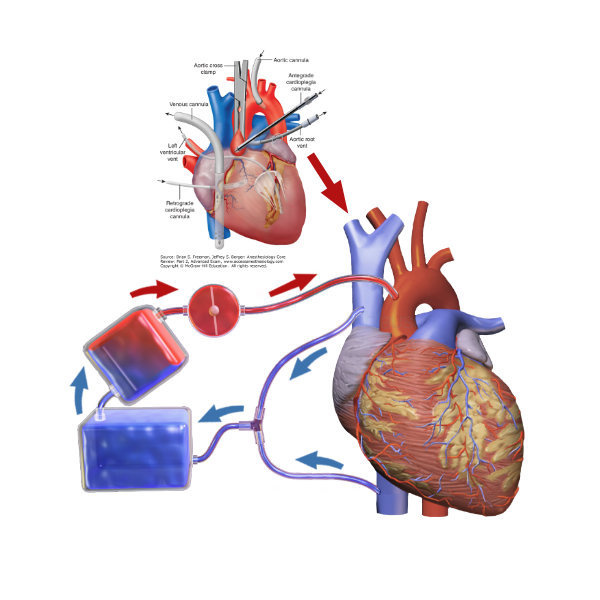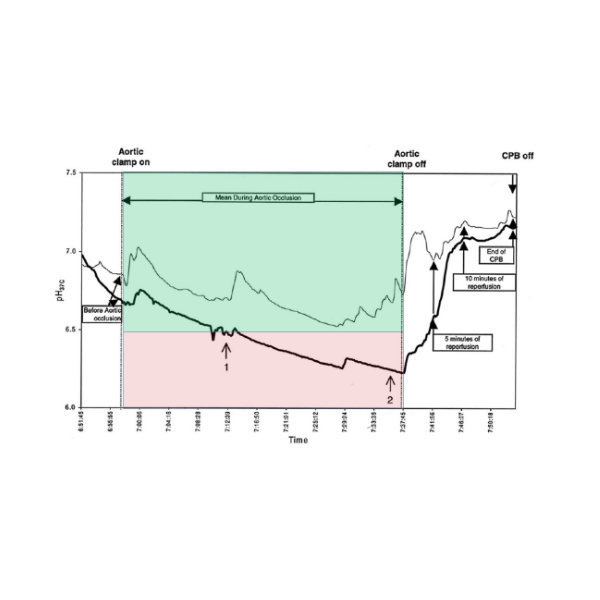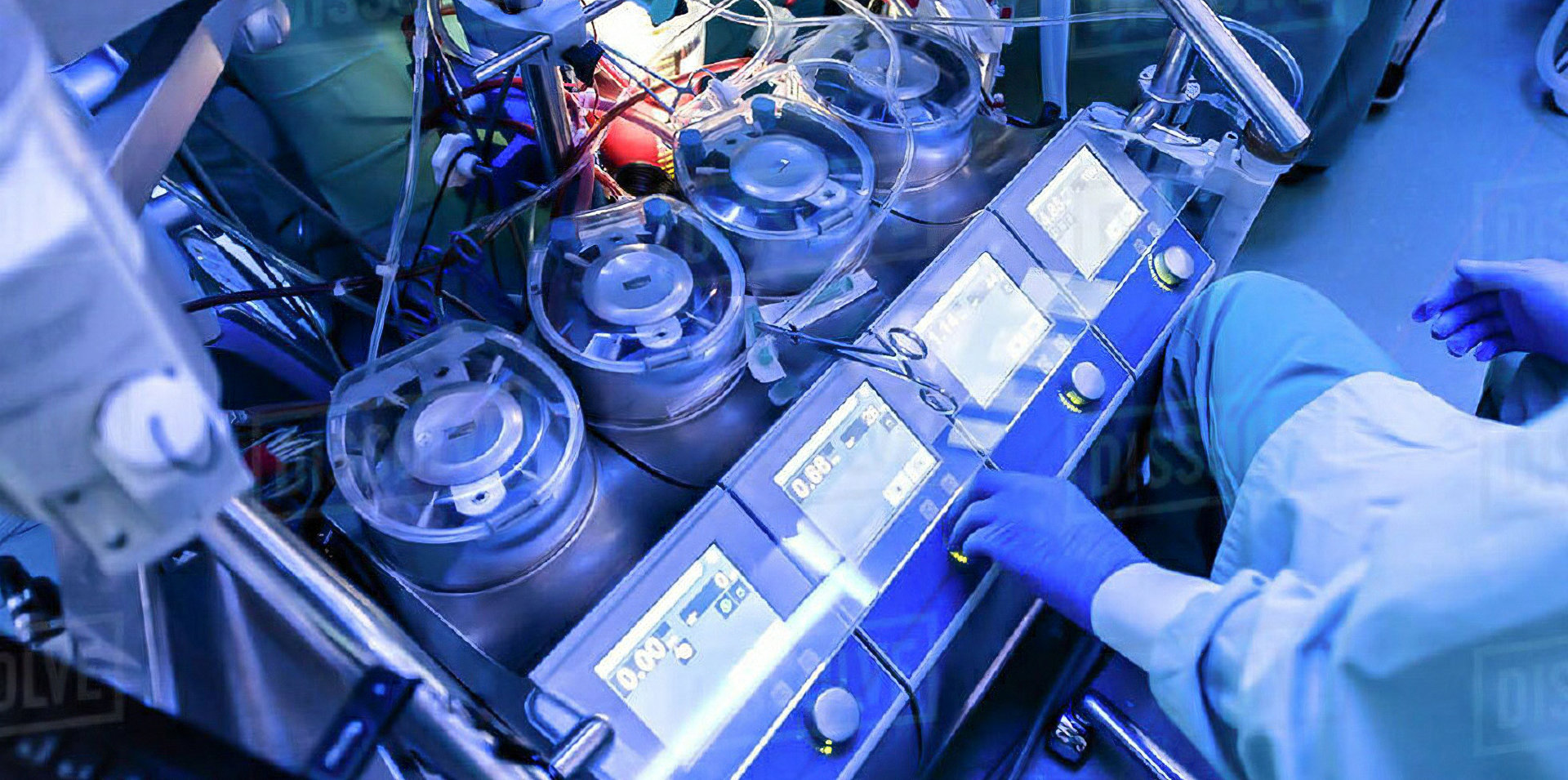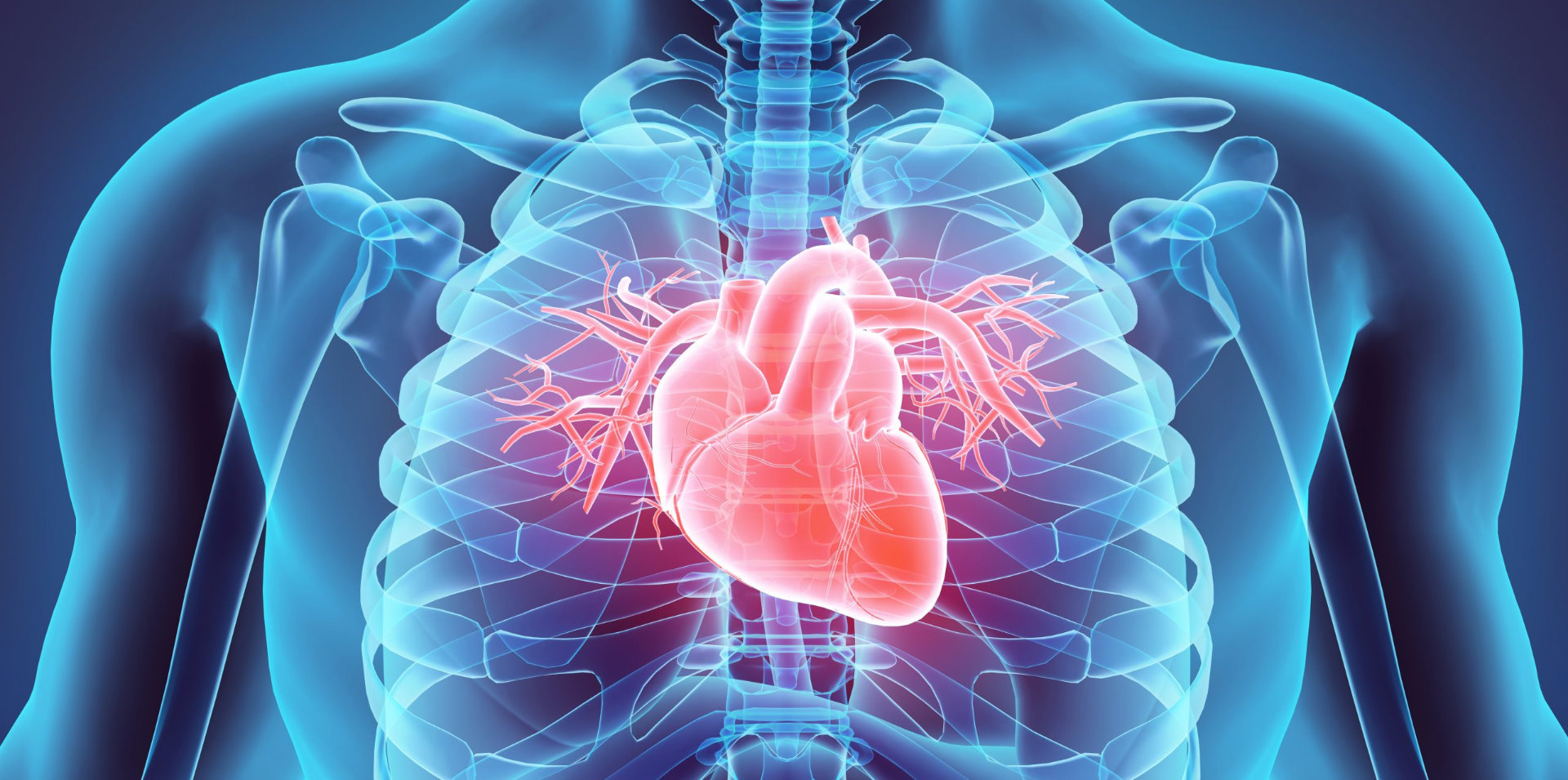Technology
The majority of cardiac surgical procedures are performed on arrested hearts. Blood circulation across cardiac chambers and vessels is stopped which makes it possible to open the heart and provide surgical intervention (i.e. valve replacement or aneurysm resection). This technique of safely arresting of the heart has made the current evolution and progress in cardiac surgery possible and is used globally in everyday practice.
The basic idea behind arresting the heart is to halt its metabolism
While the metabolism is halted, time stops for the heart. The heart does not require oxygen and its cells remain alive. The surgeon can then operate on the arrested organ. Arresting the heart is done by infusion of a cardioplegic solution directly into the coronary vessels – this solution is a cold liquid containing specific molecules that arrest the electrical activity of the cells and rapidly decrease the temperature of the heart. The heart is then stopped, and the cells are safe. It is called myocardial protection. When the surgery has been concluded, the patient’s blood flow circulation through the coronary arteries is then restored. Cardioplegic solution is flushed, cardiac tissues start to get warmer and oxygenised blood delivers oxygen to the cells of the heart. In this way, the heart starts to recover its electrical and mechanical function.

Cardioplegic protection
In current clinical practice, cardioplegic protection of an arrested heart is beyond our control. In some patients, severe heart failure is observed soon after restoring physiological blood flow through the heart. This complication occurs when the metabolism of the cells has not been completely stopped by cardioplegia. Even when the heart seems completely arrested, cell metabolism may be still active. Active cells require oxygen, but oxygen delivery has been halted. This results in anaerobic metabolism and ultimately the death of the cells. Anaerobic metabolism can be measured by the change in tissue acidosis. A significant decrease in the pH of an arrested heart is a risk factor for death and severe complications after cardiac surgery.








